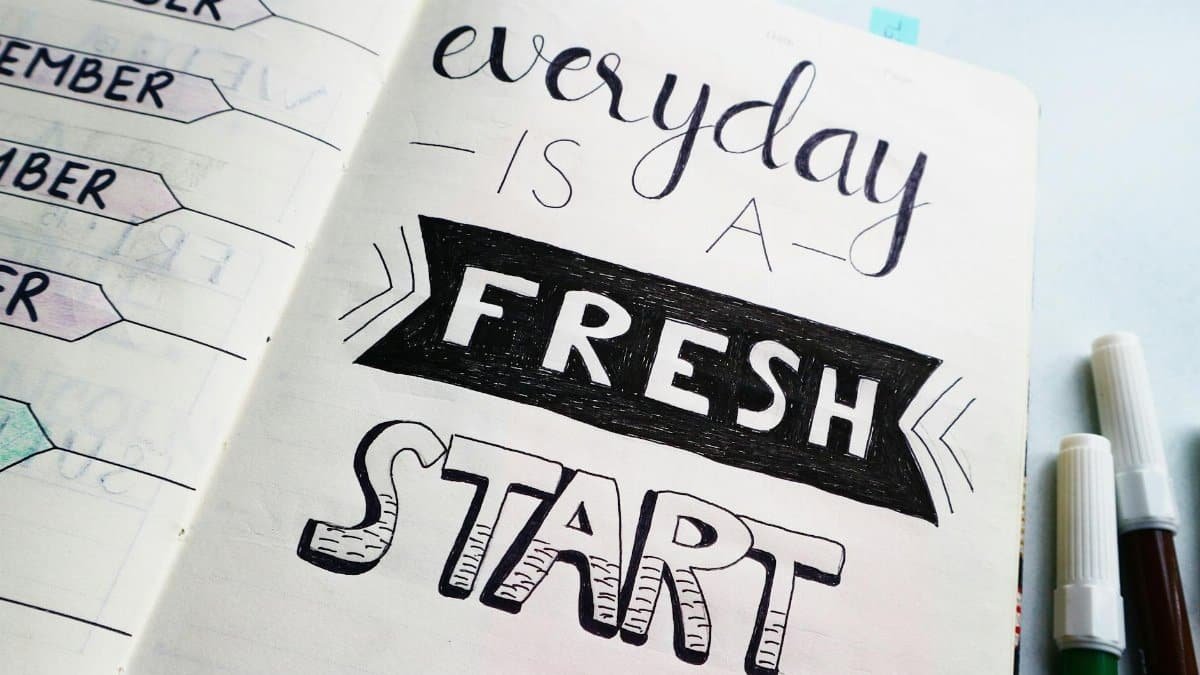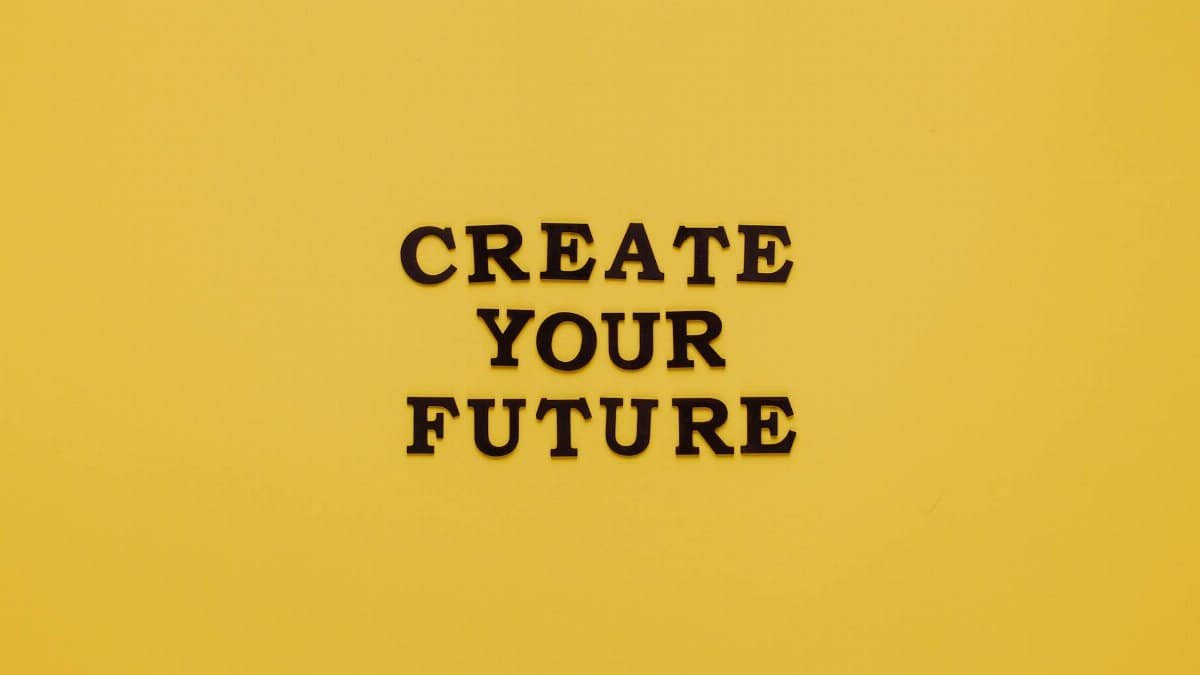In a fast-paced world, new data shows 45% of Americans are now prioritizing mindfulness practices, up from 30% just five years ago, according to a recent Pew Research survey. This surge highlights the rise of presence growth, a concept blending being fully in the moment with personal development. As distractions multiply, people are waking up to how tuning into the now can unlock deeper self-awareness and emotional resilience. It’s not just a trend; it’s reshaping how we handle stress and relationships in 2025.
Defining Presence Growth

Presence growth refers to the intentional practice of cultivating awareness in the present moment to foster personal evolution. Unlike traditional self-help methods that focus on future goals or past regrets, this approach emphasizes real-time observation of thoughts, emotions, and surroundings. Experts say it’s about noticing subtle cues you’ve long ignored, like the tension in your shoulders during a heated conversation or the quiet joy in a simple walk. By doing so, individuals report reduced anxiety and improved decision-making. A study from Harvard University’s mindfulness program underscores this, linking present-focused habits to better mental health outcomes. For more, check the Harvard Health Publishing on Mindfulness.
The Science Behind It

Neuroscience backs presence growth with evidence from brain imaging studies. When people engage in mindfulness, areas like the prefrontal cortex light up, enhancing emotional regulation. A 2023 report from the National Institutes of Health found that consistent practice rewires neural pathways, making it easier to break free from autopilot behaviors. This isn’t woo-woo stuff; it’s grounded in biology. Participants in controlled trials showed a 20% drop in cortisol levels after just eight weeks. As we navigate 2025’s uncertainties, such science-driven insights explain why more folks are turning to these techniques for stability.
Everyday Applications

Applying presence growth starts small. During meals, focus on flavors instead of scrolling your phone. In meetings, listen actively without planning your response. Therapists recommend journaling immediate sensations to build the habit. One New York executive shared how this shifted her work life: “I used to zone out in boardrooms; now I catch micro-expressions and respond better.” It’s practical for busy schedules, fitting into commutes or coffee breaks. With remote work still dominant in 2025, these tools help combat digital fatigue.
Challenges in Adoption

Not everyone jumps on board easily. Common hurdles include a racing mind or skepticism about “just being present.” Distractions from social media exacerbate this, with Americans averaging 147 minutes daily on apps, per a 2024 eMarketer study. Overcoming requires patience; start with five-minute sessions. Critics argue it’s oversimplified, but proponents counter that consistency trumps perfection. In urban hubs like Los Angeles, workshops address these barriers, teaching techniques to quiet internal noise.
Impact on Relationships

Presence growth transforms interactions. By fully attending to others, you notice unspoken needs, fostering empathy. Couples therapy often incorporates it, with data from the American Psychological Association showing improved communication in 60% of participants. Imagine detecting a friend’s subtle sigh and addressing it right away, strengthening bonds. In 2025, as isolation lingers post-pandemic, this practice counters loneliness, encouraging authentic connections over superficial chats.
Emotional Benefits Explored

At its core, presence growth amplifies emotional intelligence. Users report heightened self-compassion, reducing self-criticism. A longitudinal study by the University of California, Berkeley, tracked practitioners over two years, finding sustained boosts in life satisfaction. It’s particularly potent for managing grief or anger, allowing emotions to surface without judgment. As mental health conversations evolve in 2025, this method stands out for its accessibility, no therapy required.
Workplace Integration

Companies are catching on. Google and other tech giants offer mindfulness training, tying into presence growth for productivity. Employees practicing it handle deadlines with less burnout, per a Gallup poll indicating 23% lower stress levels. In creative fields, it sparks innovation by clearing mental clutter. For remote teams in 2025, virtual sessions make it scalable, turning ignored intuitions into actionable insights.
Cultural Shifts

Beyond individuals, presence growth influences society. Wellness influencers promote it on platforms like TikTok, reaching Gen Z. A 2025 trend report from the Global Wellness Institute predicts it’ll integrate into education, teaching kids emotional awareness early. This counters the hustle culture, valuing pause over perpetual motion. In diverse U.S. communities, it’s adapting to cultural contexts, from yoga fusions to meditative walks in parks.
Measuring Personal Progress

Track growth through simple metrics: fewer reactive outbursts or more moments of calm. Apps like Headspace provide guided sessions, with user data showing progress over time. Reflect weekly on what you’ve noticed that was once overlooked, like patterns in your mood. Research from the National Institutes of Health supports journaling as a tool, linking it to tangible improvements in well-being.
Future Potential

As awareness spreads, presence growth could redefine self-care norms. With ongoing research, expect refined techniques tailored to demographics. In 2025, it’s not just noticing the ignored; it’s leveraging it for profound change. Whether through apps or community groups, the momentum suggests a more mindful America ahead.
